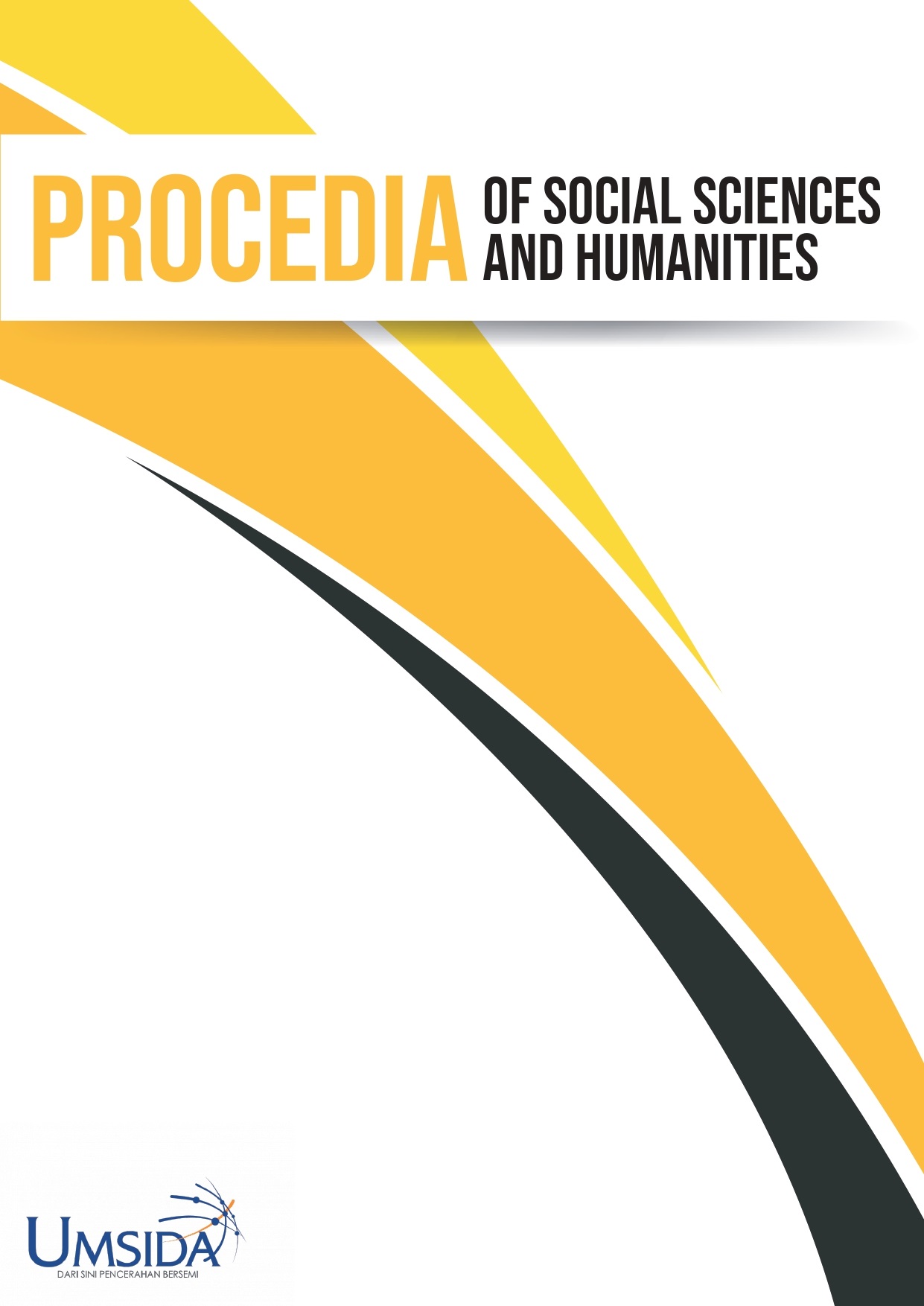Baim Wong Digital Footprint Formation of Online Identity in the Social Media Era
Jejak Digital Baim Wong Pembentukan Identitas Daring di Era Media Sosial
DOI:
https://doi.org/10.21070/pssh.v8i.797Keywords:
Online Identity, Social Media, Context Collapse, Authenticity, Digital PrivacyAbstract
In the era of rapidly growing social media, public figures like Baim Wong face complex challenges in shaping and managing their online identities. This article analyzes in depth how Baim Wong, as an Indonesian celebrity, builds his online identity on various digital platforms, such as Instagram and YouTube, and how he manages the phenomenon of "context collapse" that often occurs in cyberspace. On the one hand, social media provides a great opportunity to connect directly with fans and introduce a more human and relatable self-image. However, on the other hand, it also poses great challenges in maintaining authenticity, privacy, and control over the information shared. Baim Wong, through various uploaded contents, not only displays a happy personal life with his family, but also uses social media for philanthropic activities and promotion of professional projects. However, with all the potential that exists, there are also privacy risks that must be faced, such as the potential for exploitation of personal data by third parties or threats to family security that often appear in his uploads. In building his online identity, Baim Wong prioritizes a balance between openness to the audience and protection of sensitive information, which is reflected in the way he chooses narratives that are acceptable to various audiences without sacrificing his personal privacy and security.
Highlights:
-
Building a Relatable Identity – Baim Wong strategically uses social media to connect with fans by sharing personal moments, philanthropic efforts, and professional projects.
-
Managing Context Collapse – He navigates diverse audience expectations by carefully curating content that balances authenticity, privacy, and public perception.
-
Privacy and Security Risks – Despite the benefits of social media, he faces challenges such as data exploitation and family security threats, requiring careful information management.
Keywords: Online Identity, Social Media, Context Collapse, Authenticity, Digital Privacy
References
Alfajri, M. F., Adhiazni, V., & Aini, Q. (2019). Pemanfaatan Social Media Analytics pada Instagram dalam Peningkatan. Interaksi: Jurnal Ilmu Komunikasi, 8(1), 34–42. https://doi.org/10.14710/interaksi.8.1.34-42
Carroll, G. R., & Wheaton, D. R. (2009). The Organizational Construction of Authenticity: An Examination of Contemporary Food and Dining in the U.S. Research in Organizational Behavior, 29, 255–282. https://doi.org/10.1016/j.riob.2009.06.003
Davis, J. L., & Jurgenson, N. (2014). Context Collapse: Theorizing Context Collusions and Collisions. Information, Communication & Society, 17(4), 476–485. https://doi.org/10.1080/1369118X.2014.888458
Enanti, D. S., & Febriana, P. (2024). Memanfaatkan Mikroselebriti untuk Pemasaran Digital: Kasus Streetboba. Interaction Communication Studies Journal, 1(2), 50–59. https://doi.org/10.47134/interaction.v1i2.2892
Fathni, I., Basri, B., Zulaika, S., & Dewi, R. S. (2023). Pengaruh Kebijakan Privasi dan Tingkat Kepercayaan pada Platform Digital terhadap Perilaku Pengguna dalam Melindungi Privasi Online di Indonesia. Sanskara Hukum dan HAM, 2(2), 118–126. https://doi.org/10.58812/shh.v2i02.305
Gronbeck, B. E. (1980). Dramaturgical Theory and Criticism: The State of the Art (or Science?). Western Journal of Speech Communication, 44(4), 315–330. https://doi.org/10.1080/10570318009374017
Hidayati, F. I., & Febriana, P. (2024). Membangun Citra Merek Dapur Keinda Melalui Instagram. Interaction Communication Studies Journal, 1(1), 117–127. https://doi.org/10.47134/interaction.v1i1.2540
Karman, K. (2014). Media Sosial: Antara Kebebasan dan Eksploitasi. Jurnal Studi Komunikasi dan Media, 18(1), 75–86. https://doi.org/10.31445/jskm.2014.180104
Loveitha, D., & Febriana, P. (2024). Makeup as a Form of Self-Representation: Queer Beauty Vlogger. Academia Open, 9(1). https://doi.org/10.21070/acopen.9.2024.4670
Noerman, C. T., & Ibrahim, A. L. (2024). Kriminalisasi Deepfake di Indonesia sebagai Bentuk Pelindungan Negara. Jurnal USM Law Review, 7(2), 603–620. https://doi.org/10.26623/julr.v7i2.8995
Prayoga, G. A. S., & Febriana, P. (2022). Strategi Promosi dengan Model K-Pop untuk Meningkatkan Penjualan pada E-Commerce Tokopedia. Journal of Education, Humaniora and Social Sciences (JEHSS), 5(2), 848–854. https://doi.org/10.34007/jehss.v5i2.1249
Ridwanti, A. E., & Febriana, P. (2024). Semiologi MS Glow for Men: Analisis Iklan Marshel Widianto dan Babe Cabita di Instagram. Academia Open, 9(1). https://doi.org/10.21070/acopen.9.2024.4858
Safira, C., Rahmah, H., & Watie, E. D. S. (2022). Baim Wong’s and Atta Halilintar’s Personal Branding through Religious Messages in YouTube Contents. Ettisal: Journal of Communication, 7(1), 35–50. https://doi.org/10.21111/ejoc.v7i1.7199
Suciati, T. N. (2019). Sinisme Privasi, Diskriminasi, dan Komoditas Data: Paradoks Media Sosial di Era Kapitalisme Pengawasan. Journal Acta Diurna, 15(2), 145–160. https://doi.org/10.20884/1.actadiurna.2019.15.2.2138
Wulandari, S., Budiawan, R. Y. S., & Mualafina, R. F. (2023). Analisis Wacana pada Pesan Penipuan atas Nama Baim Wong di Media Sosial (Model Van Dijk). Sintesis, 17(1), 1–11. https://doi.org/10.24071/sin.v17i1.5395




